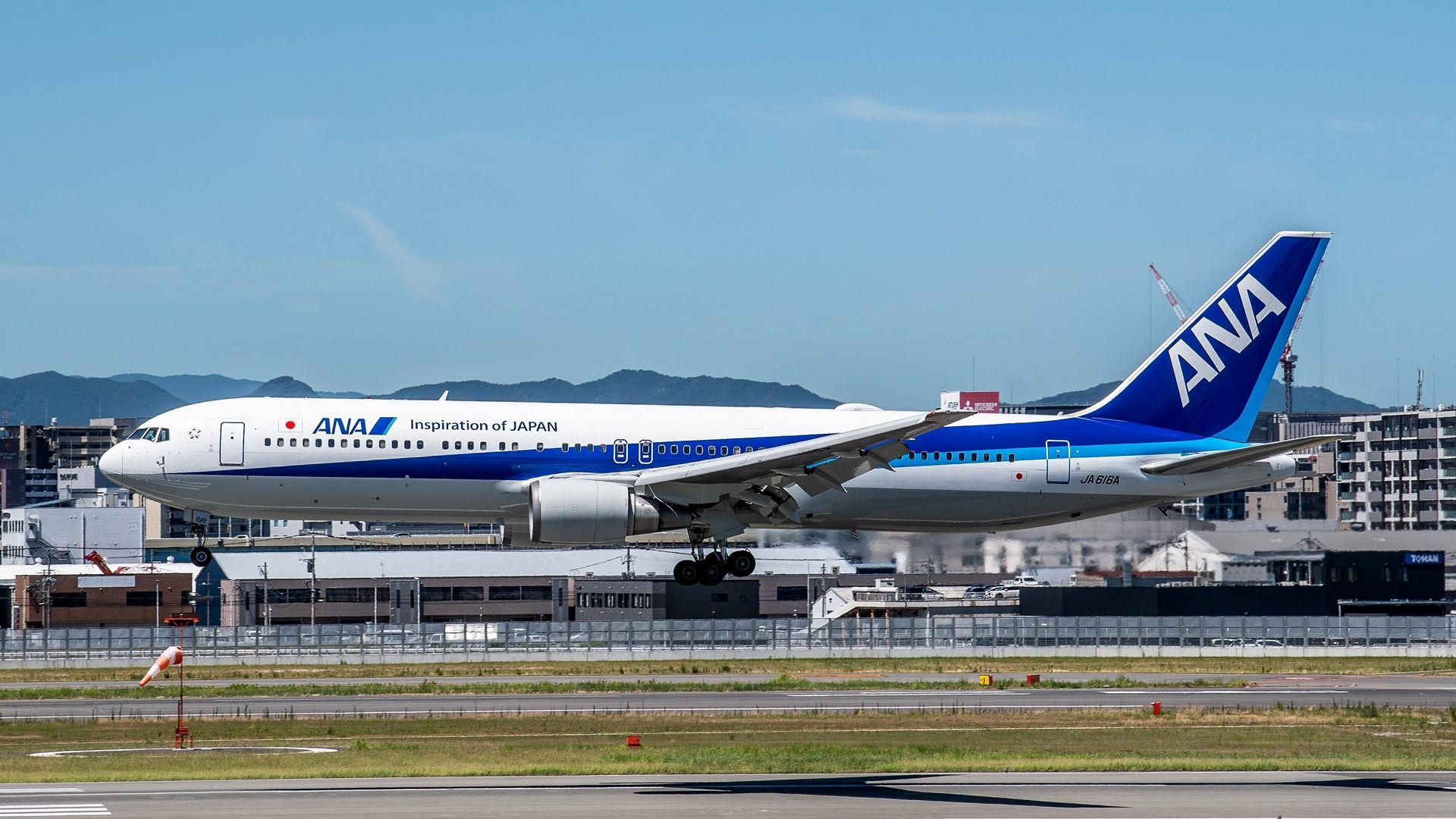The Boeing 767 continues to thrive in 2025, despite the last passenger model being delivered in 2011 to All Nippon Airways (ANA). More than a decade after the production line closed, the 767 remains a prominent choice among airlines for transoceanic flights. Its enduring popularity stems from its design, which was tailored for medium-range, high-density routes, enabling it to efficiently serve international markets.
Launched in 1982, the 767 was designed to fill a significant gap in the commercial aviation market. The aircraft’s range, seating capacity, and payload made it particularly appealing, especially during its peak in the mid-1990s, when approximately 75% of transatlantic flights utilized this model, according to industry insights. Today, major carriers like Delta Air Lines and United Airlines continue to incorporate the 767 into their fleets, both for domestic and international operations.
Ongoing Demand in the Aviation Market
The 767’s reputation for performance, efficiency, and reliability has contributed to its sustained use. As of March 2025, the International Air Transport Association (IATA) reported that there are around 666 Boeing 767-300 aircraft operating globally, with total variants approaching 800. This equates to approximately 12% to 15% of all widebody aircraft currently in service.
The cargo sector has also embraced the 767, with companies like FedEx Express and UPS Airlines operating 150 and 100 freighters, respectively. The demand for cargo services has surged alongside the e-commerce boom since the 1990s, and the 767’s design has proven versatile for freight operations. It is expected that the production of freighter models will continue through at least 2027, ensuring the 767 remains a relevant player in the aviation landscape.
Adaptability and Competitive Edge
One unique advantage of the 767 is its mid-sized dimensions. This allows it to access airports that larger aircraft, such as the Boeing 777 and Airbus A350, cannot. The 767’s wingspan and weight enable operations at airfields with limited infrastructure, making it a valuable asset for airlines operating in various markets. The lower purchase price compared to newer models also makes it an attractive option for budget-conscious operators.
While newer twinjets like the A350 and upcoming Boeing 777X have emerged, the secondhand market for 767s remains competitive. Its strong performance figures, ease of maintenance, and the availability of spare parts keep operational costs low for airlines. Major operators such as Delta and United have found no compelling reason to retire their 767 fleets, as these aircraft continue to deliver reliable service.
Delta Air Lines, for example, has maintained a robust fleet of 767s, with around 60 still in operation. The airline’s extensive global network, centered around its hub at Hartsfield-Jackson Atlanta International Airport (ATL), enables it to capitalize on the 767’s strengths. Delta’s self-sufficient maintenance capabilities further support the longevity of its fleet, allowing the airline to adapt to shifting market demands with flexibility.
The 767’s backstory also highlights its significance in Boeing’s portfolio. Developed alongside the 757, this aircraft was designed to bridge the gap between the smaller 737 and the larger 747. By filling this niche, the 767 became a popular choice among airlines during a time when competition with models like the Lockheed L-1011 TriStar and McDonnell Douglas DC-10 was fierce.
As 2025 progresses, the Boeing 767 proves that it is far from finished. While new passenger models will not be produced, its legacy as a workhorse in commercial aviation endures. The adaptability, efficiency, and reliability of the 767 ensure that it will continue to play a vital role in the aviation industry for years to come.
